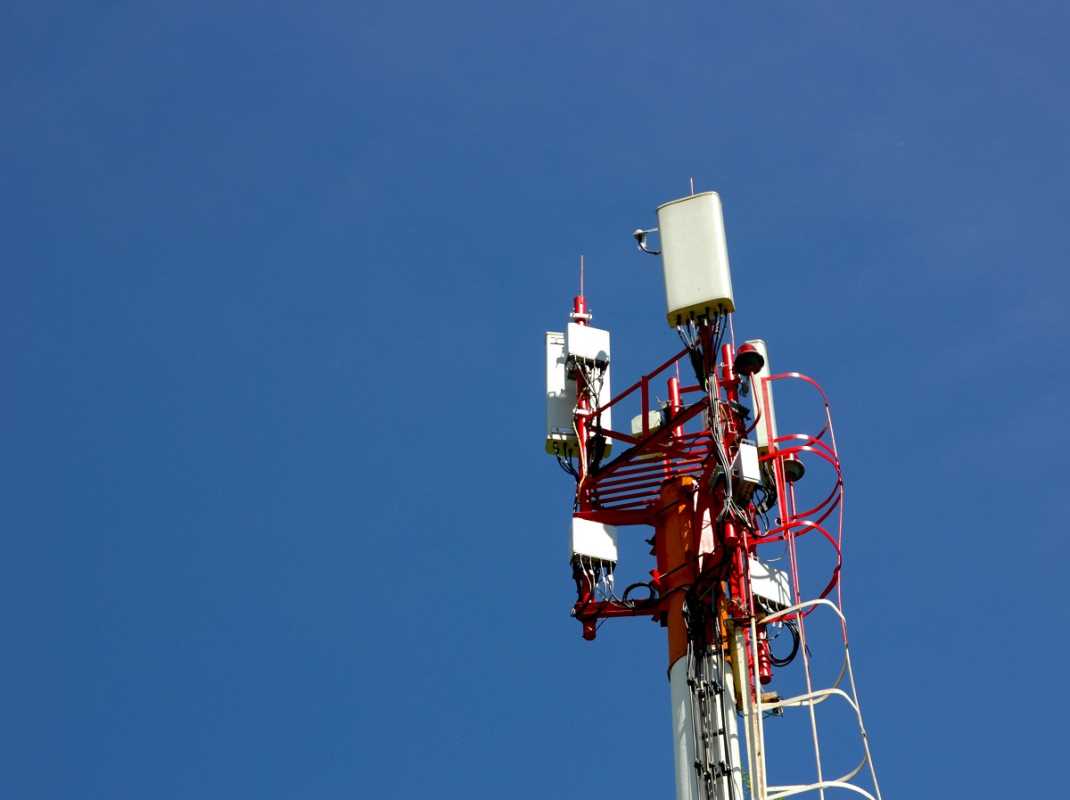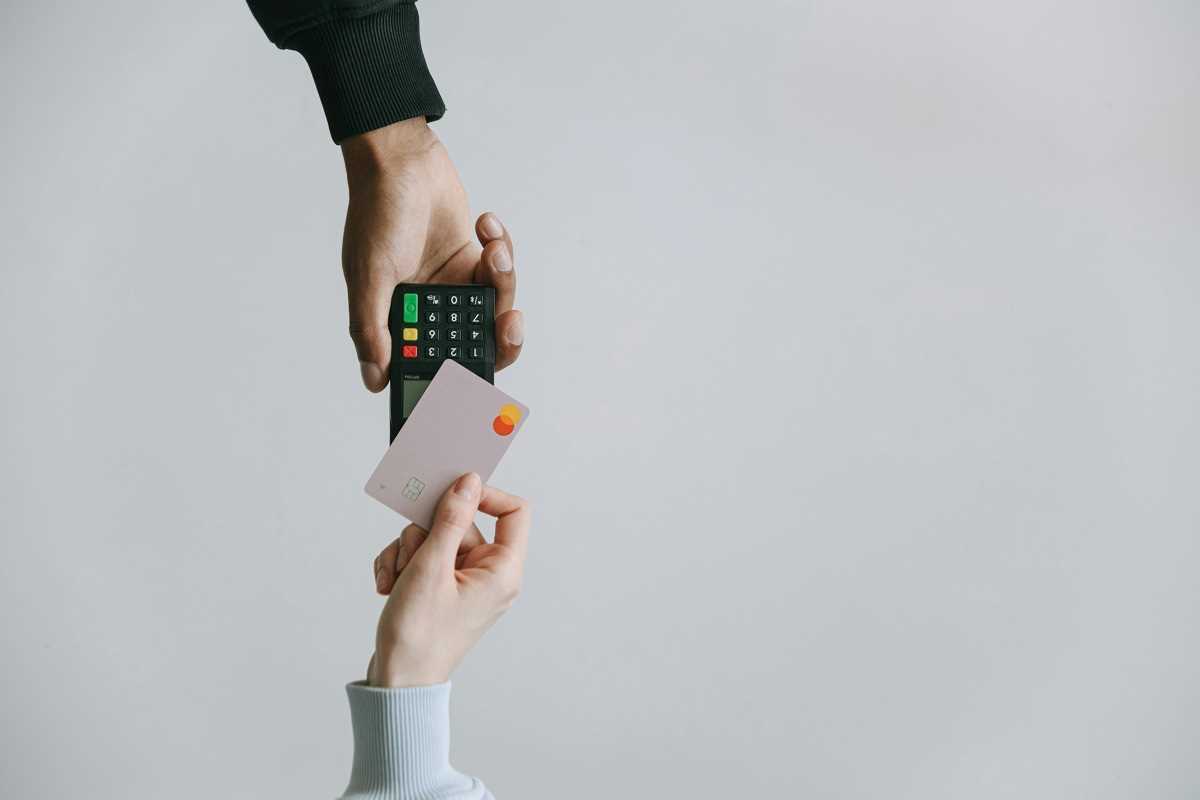If you think your current internet speed is fast, get ready to redefine what "fast" means. With the global rollout of 5G technology, blistering speeds and unmatched connectivity are set to revolutionize industries left and right—and e-commerce and retail are no exception. By combining speed, reliability, and ultra-low latency, 5G is poised to transform how businesses operate and how customers shop, both online and in-store.
Speed and Reliability to Elevate E-commerce
At its core, 5G is all about faster, more reliable connections. With speeds up to 100 times faster than 4G, 5G can deliver unprecedented capabilities for e-commerce platforms.
For online retailers, this means milliseconds matter. Faster internet connections enable blazingly quick loading times, which can reduce bounce rates and improve customer retention. Research shows that even a one-second delay can lead to significant drops in customer satisfaction and lost sales. With 5G, sleek and seamless shopping experiences become the new standard. Shoppers can expect instant page loads, smoother browsing, and even faster checkout processes that keep friction at a minimum.
Furthermore, reliability is a game changer. 5G’s enhanced capabilities in handling massive data loads promise fewer interruptions during peak shopping periods, be it Black Friday or a flash sale. This could save retailers from server crashes, slowdowns, or customer frustration.
Making Mobile Shopping Even More Powerful
Mobile e-commerce, or m-commerce, is already booming. Reports reveal that more than half of all e-commerce transactions now happen on mobile devices. Thanks to 5G, shopping on a smartphone will feel as effortless as walking into a store.
- Enhanced Visual Content: Retailers can feature high-quality images and videos without worrying about loading issues, boosting the appeal of their products.
- Faster Transactions: Payment gateways powered by 5G allow for lightning-fast processing, giving customers an efficient checkout experience and cutting down on cart abandonment rates.
- Personalization in Real Time: With 5G’s speed, personalized product recommendations and targeted offers can be served up instantaneously, keeping customers engaged and ready to buy.
A New Era for Augmented Reality in Retail
One of the most exciting implications of 5G is its ability to supercharge immersive technologies like augmented reality (AR) in retail. Imagine being able to “try on” clothes virtually or see how a couch looks in your living room—all from your device. While AR tools exist today, 5G will eliminate lag and glitches, making these experiences smoother and more realistic for users.
Retailers can create virtual fitting rooms, interactive lookbooks, and immersive product previews with greater ease. For instance, a furniture company could use AR to allow customers to view items scaled precisely to their physical space. Apparel retailers can use AR mirrors in-store to offer try-before-you-buy features for makeup or sunglasses. It’s the ultimate “try then click to buy” experience.
IoT Takes Center Stage
Remember the Internet of Things (IoT)? With 5G, IoT goes from a futuristic concept to an everyday reality. IoT-enabled devices in retail settings can streamline operations and elevate customer interactions.
For example, smart shelves equipped with sensors can automatically track inventory levels and signal when restocking is needed. This minimizes stockouts and ensures that customers always find what they’re looking for. Similarly, IoT can personalize shopping through beacons that send tailored discounts to your phone as you pass by a store or an aisle.
Online, IoT-connected warehouses can communicate in real-time with fulfillment centers to optimize delivery timelines and reduce errors. From logistics to customer experience, the synergy between 5G and IoT allows businesses to operate like well-oiled machines.
Benefits of 5G for Retail and E-commerce Businesses
The implementation of 5G offers a host of advantages that are too big to ignore:
- Seamless Omnichannel Integration: Whether customers shop online, on mobile, or in-store, 5G ensures a unified, hassle-free experience across all channels.
- Ultra-Low Latency: This minimizes delays and ensures smooth communication between devices, necessary for real-time applications like AR and VR.
- Improved Customer Interaction: Instant responses to queries, rapid payments, and sharper visuals create a higher standard of customer satisfaction.
- Enhanced Analytics: 5G enables businesses to gather data more efficiently, analyze it faster, and adapt accordingly, leading to smarter decision-making.
Challenges and Considerations
Of course, with every disruption comes challenges. Adopting 5G isn’t without its hurdles, and businesses must think ahead to ensure a smooth transition.
- Costs and Infrastructure: Rolling out 5G-compatible systems requires an initial investment in new hardware and software. Smaller businesses may struggle to keep pace with this transition.
- Security Risks: Faster speeds and interconnected systems create more opportunities for cyber threats like data breaches. Businesses must prioritize advanced cybersecurity measures.
- Global Disparities: While 5G is making waves in developed countries, slower adoption in developing regions could create digital divides that leave some businesses behind.
The true potential of 5G in e-commerce and retail is still unfolding, but the possibilities are limitless. We’re looking at a future where virtual shopping assistants powered by AI can guide you through a website, self-driving delivery drones make same-day shipping the norm, and cashier-less stores track purchases via smart devices.
5G technology will continue to push these innovations forward, bridging the gap between the digital and physical facets of retail. Businesses that integrate 5G-powered tools early on will have a significant edge, providing cutting-edge customer experiences while streamlining operations.
Final Thoughts
The 5G revolution is here, and it’s about far more than speedy downloads. For e-commerce and retail businesses, it’s an opportunity to rethink customer interactions, adopt groundbreaking technologies, and set new standards for convenience and engagement. While challenges like infrastructure investment and cybersecurity linger, the potential rewards far outweigh them.
Now is the time for businesses to prepare for the future. Whether it’s personalized mobile shopping, real-time augmented reality, or ultra-connected IoT systems, 5G is the powerhouse that will redefine how we shop—and how businesses deliver. The question is, are you ready to step into the fast lane?
 (Image via
(Image via





